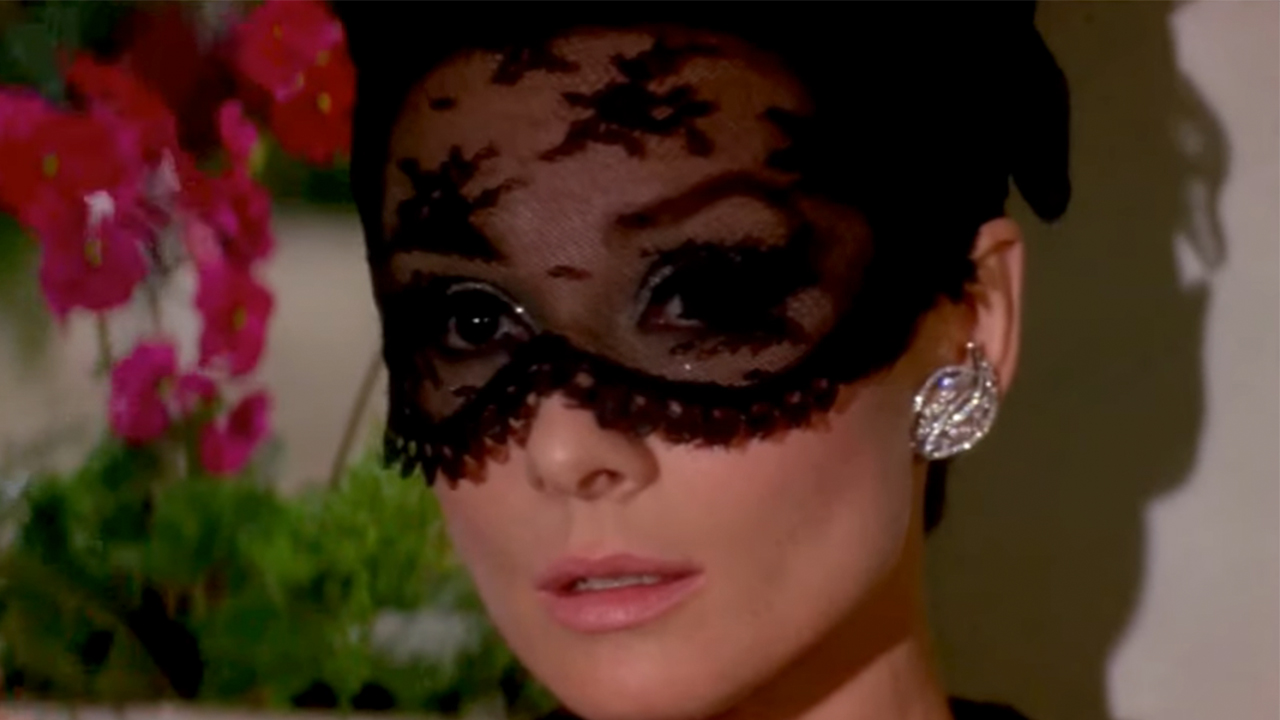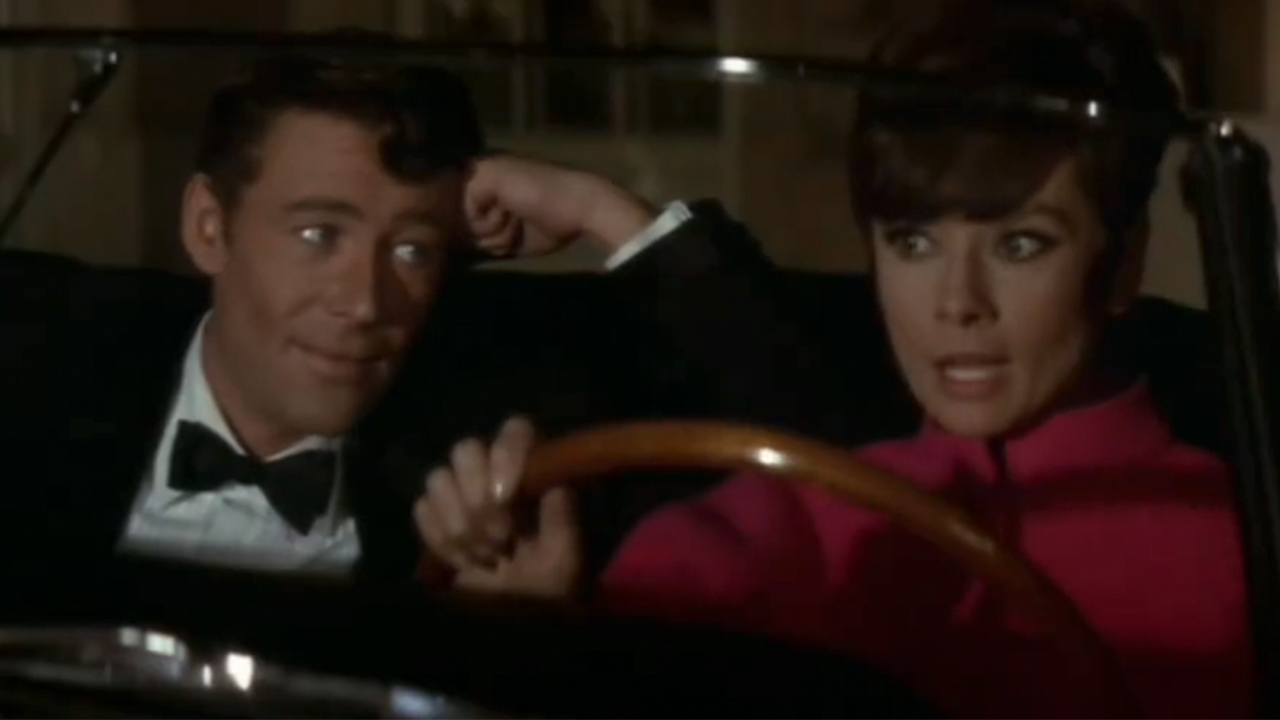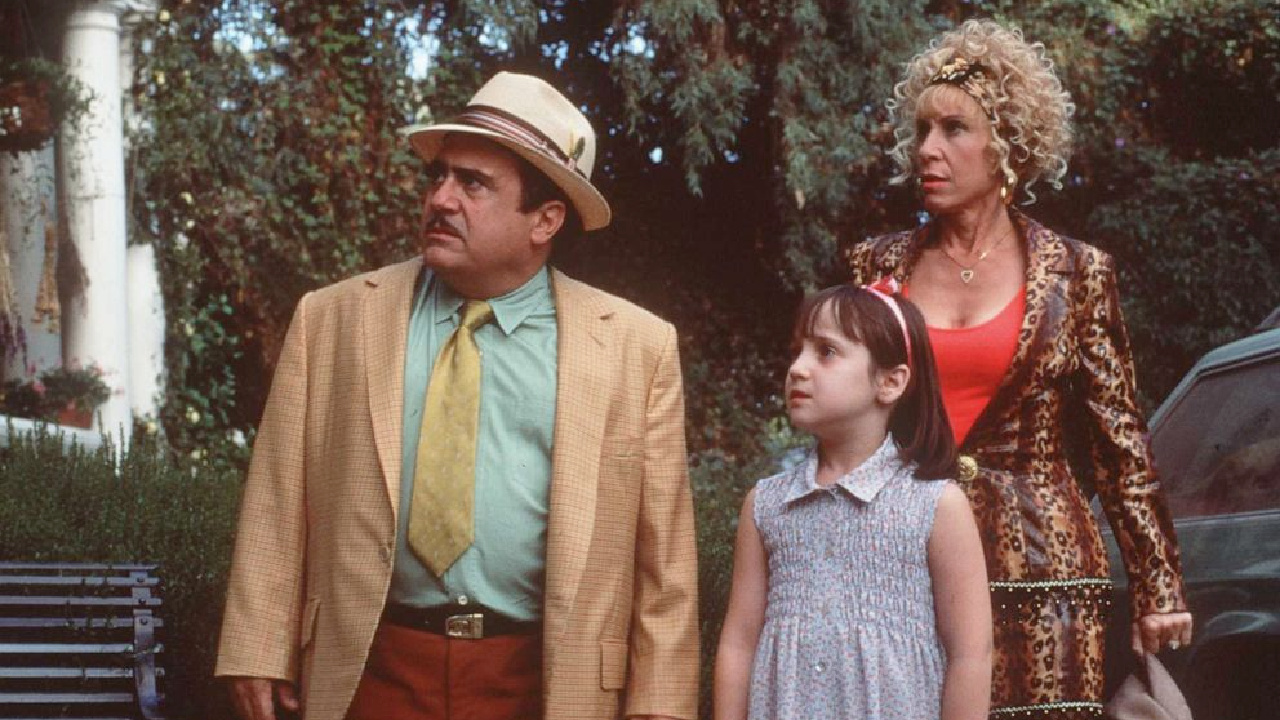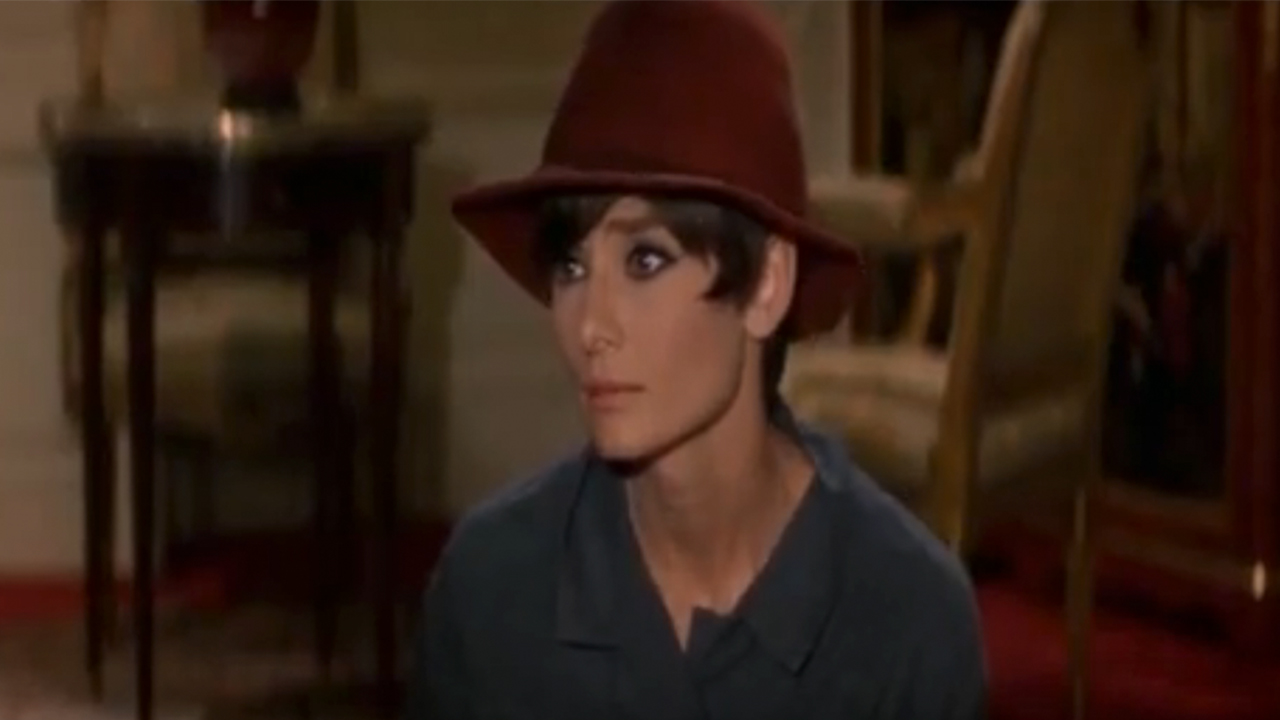I Watched An Audrey Hepburn Classic For The First Time, And It's Surprisingly Relevant In 2025
It's becoming increasingly difficult to separate fact from fiction.

In 1966, upon the release of William Wyler’s alluring caper film, How to Steal a Million, which can be rented with a Prime subscription, then-New York Times film critic Bosley Crowther began his review of the film with a compelling question: Are art and deception synonymous?
The writer, inviting readers to behold an entrancing Audrey Hepburn and a dapper Peter O’Toole as they orchestrate a romantic art heist in the cheeky, high-fashion caper film, writes:
Absolute, unabashed deception, not only as a plot element but as a method of wooing the audience into charmed and uncontentious belief.
And there’s no doubt about it. Hepburn, who plays the Givenchy-clad daughter of a fraudulent art magnate (Hugh Griffith), is radiant as she enlists the help of a skilled, cavalier thief, Simon McDermott (O’Toole). Frame by frame, the pair’s romance burgeons as they orchestrate an art heist meant to protect Nicole’s father. More endearing still are the primitive tactics Simon deploys to distract the museum guards from the secretly counterfeit statue they’re stealing, especially now that we live in the era of Nest Cams and Face IDs.

Deception And Urgency Make For A Strong Premise
With an urgent, clandestine objective, the film checks all the boxes storytelling-wise, most likely since Nicole’s goal is so clear and her crush is so capable. Hepburn’s heavily eyelined astonishment plays up this contrast between the thrill of an illicit adventure and a daddy's girl's ethical compass perfectly.
Yet what struck me about the film is a tale as old as time with plenty of dramatic tension: How do people respond to manipulation and deception, even at the hands of a family member? With the rise of AI and its increasingly skilled capacity to manipulate information, how do we, as the protagonists of our lives, react to disinformation and misinformation when we encounter it?
Nicole Bonnet, in response to her father’s fraudulent career, hides behind her Givenchy “burglar” mask while plotting devious schemes with a handsome thief, against the backdrop of a gorgeous city where the need to protect valuable art is paramount and well-deserved: Paris in the 1960s. Setting is an important character in any film, and so is personality.

How Deception Reveals Character
In the 1996 film adaptation of Roald Dahl’s Matilda, the ultra-perspicacious protagonist (Mara Wilson) disapproves of the snakeoil salesman tactics of her father (Danny Devito). Her father’s disdain towards her intellect and perceptive nature–that exposes his own inadequacies– prompts her to trick and prank him right back. Then, Matilda’s intelligence, precisely, leads her into the responsible hands of a healthy, genuine caregiver: Mrs. Honey (Embeth Davidtz).
Your Daily Blend of Entertainment News
In 2025, we’ve had an abundance of online information at our disposal for a solid 20 years. More recently, we’ve grown our capacity to share it with the masses, instantly, on social media. No wonder people from all walks of life have begun to manipulate that info—and even have fun with it—now that AI is in the spotlight, and readily available. People have even begun tricking one another into fake videos of Scarlett Johansson and other non-consenting celebs, or worse, convincing portrayals of deceased celebs–pure fiction.
Without the proper labels, some people might take those AI-generated videos as truths when they're objectively fiction. As AI progress accelerates, what other kinds of fiction will come out of the information that saturates the internet? How blurred will the line between fiction and fact become, and why do some people share information they know is fake?

What Can We Learn From Films That Explore Deception?
AI’s capacity for misleading us with boundless creativity, facility, and ease, which seems to largely depend on the hands it’s in– much like both Nicole and Matilda’s response to deception relies on their respective character traits.
For now, it might be wise to keep our eyes peeled behind our own elegant, proverbial eye masks—to keep a dignified and elegant filter up—as we observe reality unfold from a safe distance. To sharpen our discernment skills as we delineate the increasingly fine lines between fact and hyper-realistic fiction.
In the process, we’ll likely ask ourselves many deeper questions—and learn more about who we are, who we’ve always been, and who we aspire to become.
Adriana is the managing editor of The Re|set Newsletter at Future, which explores AI, culture, and human connection.

You must confirm your public display name before commenting
Please logout and then login again, you will then be prompted to enter your display name.
